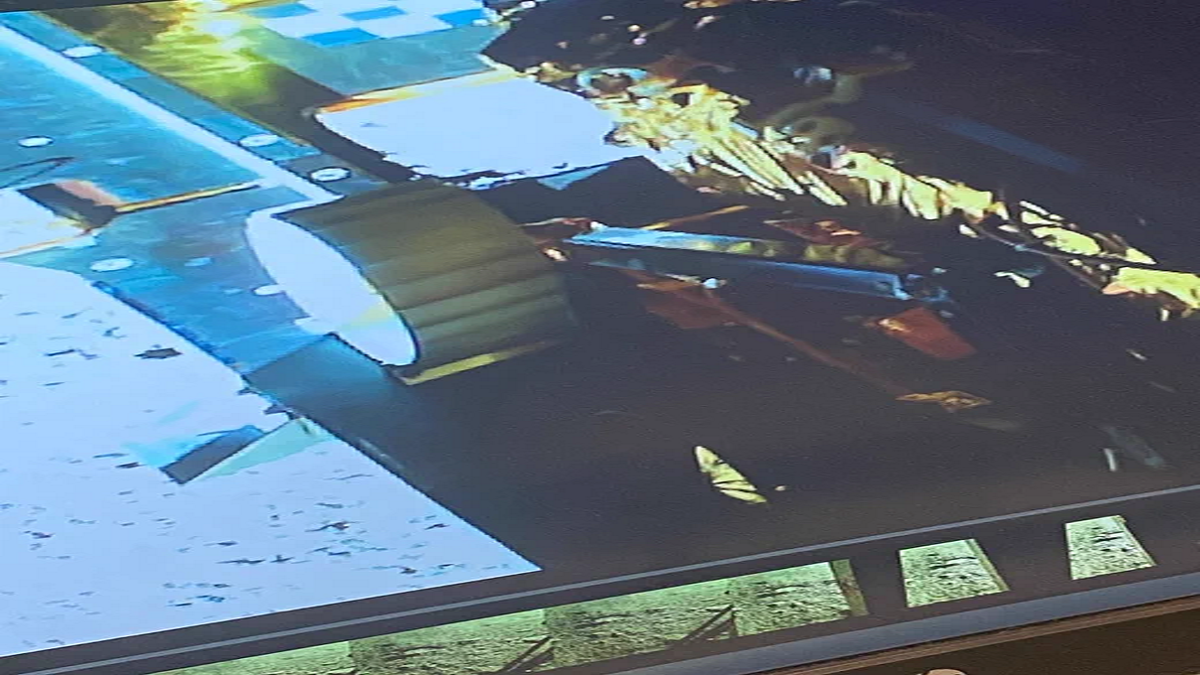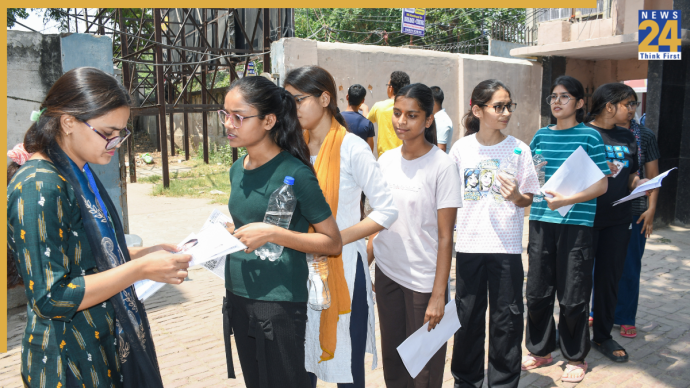New Delhi: India’s Moon mission Chandryaan-3 did a successful soft landing on the Moon’s south pole on August 23 at 6:04 p.m. After India’s space organisation triumphant over the moon, the space agency shifted its focus to Pragyaan.
The officials at the Mission Operations Complex (MOX) at ISRO Telemetry, Tracking and Command Network (ISTRAC) are scheduling to roll out the rover, which will be carrying out in-situ chemical analysis of the lunar surface at the time of its course.
ISRO Chairman S.somnath stated, “The Pragyan rover may come out in the next few hours or it may take one day also to come out depending on the conditions.”
Rover to conduct two experiments
The ISRO chairman said that the rover will carry out two important experiments. The vehicle has two payloads- the LASER-Induced Breakdown Spectroscope (LIBS) and the Alpha Particle X-ray Spectrometer (APXS).
Intentions behind payloads
LIBS’ objectives are to perform qualitative and quantitative elemental analysis and to derive the chemical composition and infer mineralogical composition to make us know more about the lunar surface.
The APXS would be responsible for establishing the elemental composition of lunar soil and rocks surrounding the landing site.
Lunar Module
The lunar module (LM), having a lander named Vikram and a rover named Pragyaan marked a significant milestone in space exploration.
Following the successful landing, the Indian Research Organisation (ISRO) released a statement saying, “India, I reached my destination.” ISRO, celebrating the accomplishment, took to the platform known as X (formerly referred to as Twitter) to convey the message, “India, I reached my destination and you too!”
Vikram and Pragyaan
The lander and the rover are designed in a way that they can continue their operation for one whole lunar day which is equivalent to 14 Earth days, during which they will conduct studies of the lunar surroundings.
(Written By- Mahek Nigam)













